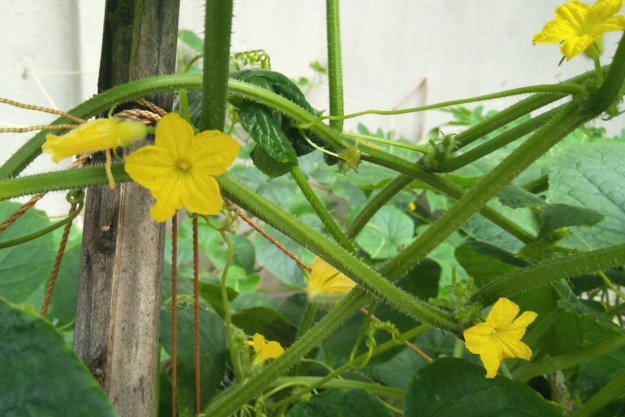
Going out to the backyard and extracting soil for your potted plants isn’t always the best idea. There could be harmful herbicides or pesky bugs that could eat away at your plant’s vegetation. This is why choosing a carefully curated potting mix is the best way to ensure a healthy plant. Read on to discover our top picks for planting soil.
There are many different types of potting mixes, all of which have various combinations of organic soil specially designed for different types of plants. Some potting mixes even have insect and bacteria repellents. Soils for succulents — which thrive in drier climates — are quicker to wick away moisture.
Miracle-Gro Indoor Potting Mix
Best Overall

For a go-to potting mix that’s going to help your indoor plants get the nutrition they need to thrive, try Miracle-Gro. This potting mix is suited for a wide variety of potted plants and is less susceptible to gnat infestations. Feed your plants for up to six months with this nourishing soil.
Perfect Plants All Natural Succulent and Cactus Soil
Best for Succulents

Succulents have very different needs from other house plants. They thrive in environments with less moisture and sufficient water drainage. Luckily, this soil is specially formulated to cater to all succulent types to ensure the right amount of water drainage and air flow. The mix includes garden coir, composted pine bark, perlite, and sand.
Burpee Organic Premium Potting Mix
Best Organic

If you’re looking for the best organic plant food option, try Burpee. Perfect for flowers, veggies, and herbs, this potting mix is ideal for container and raised bed gardening. This formula slowly releases nourishing food to your plants for up to three months. Its standout ingredient is coconut coir, a natural resource that prevents your plants from dehydration in between watering.
Perfect Plants Organic Potting Mix
For Fruits and Veggies

This all-natural potting mix is enriched with mycorrhizae for support in root growth and deterring harmful bacteria. Use Perfect Plants Organic Potting Mix to help your fruit and veggie plants blossom. This mix is primarily made up of three different soils: Perfect Plants Perlite, peat moss, and coconut coir.
You’ll be amazed at how your plants will flourish from the beneficial effects of potting mix. Never let your plant starve again! They need this planting soil as a sort of “plant food.” If you want your plant to grow and live to its full potential, grab a bag — or two — of these potting mixes pronto!


